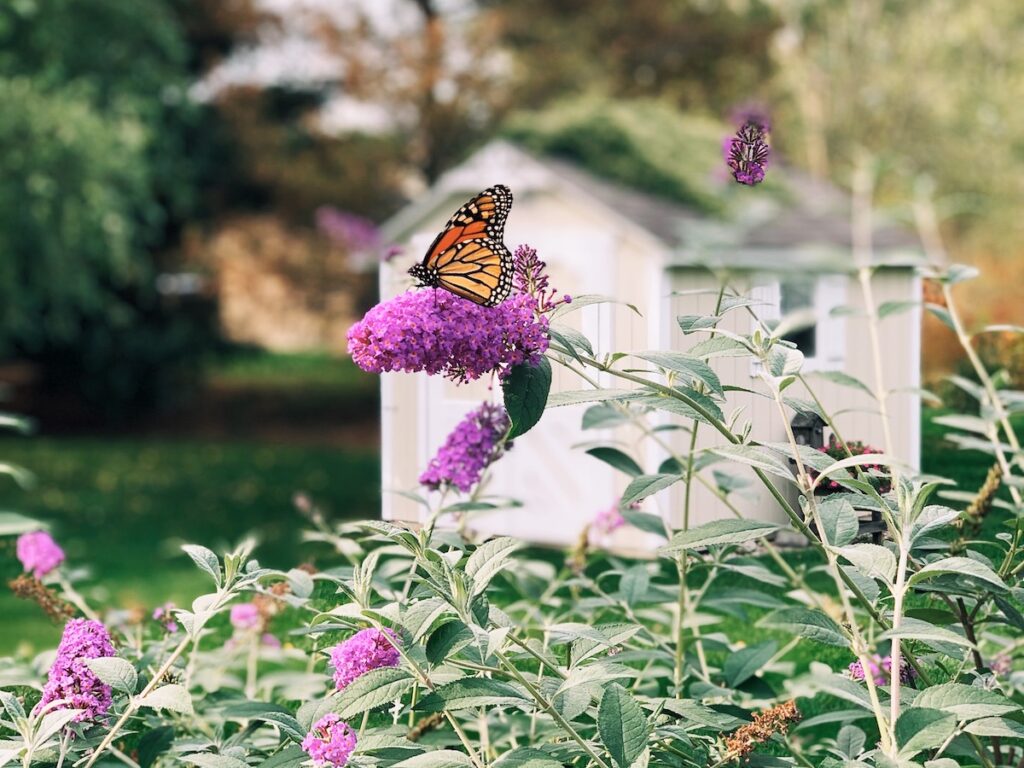The last couple of years, people have been trading life in dense urban areas for the slower pace of mid-sized American cities. Affordable living, spaciousness and close knit communities have drawn companies and families alike away from the metropolitan atmosphere to cities like Austin, Boise and Nashville.
The influx in transplants has created an insatiable demand for housing. On trend with the nation, Nashville awarded a record number of building permits in one year. If not managed responsibly, the increase in construction of new homes can equate to the loss of natural spaces, destroying habitats that native plants and animals need to survive such as farmland, prairies, and wooded areas.
The increased sprawl brings a variety of other negative effects to previously undeveloped areas like fragmentation of wildlife habitat by roads and housing developments, chemical fertilizers polluting local waterways, the introduction of foreign and invasive plants, and domestic pets wreaking havoc on wildlife. Aside from not purchasing a home in a housing development built on one of the aforementioned sensitive land areas, homeowners can take steps to help native wildlife survive and thrive.
Rewilding is a concept that originated in North America in the 80’s and focuses on helping reduce extinction by giving nature the opportunity to reestablish itself. Rewilding involves huge undertakings that allow the flora and fauna regrow and involve the reintroduction of animal species back into environments where they previously thrived. While non-profits across the globe are working on these projects, we have the ability to contribute to the rewilding efforts on a smaller scale in our own backyards with native trees, flowers, shrubs and more.
Start your own rewilding project at home with these steps:
- Find out what plants are native in your area. You can find this information by Googling native plants in (insert your city and state). Depending on where you’re located, this search may return a list of plants and/or plant nurseries in your area. Most nurseries are happy to share their knowledge and insight to help you choose the best plants for your yard.
- Consider what types of animals live in your area. Are you a bird lover, do you want to help bees, attract butterflies, or give lizards, frogs and turtles a place to thrive? Choose the best plants to provide food, shelter and nesting places for those animals and insects.
- Designate an area of your yard to rewild. Once you’ve chosen the area for your project, there are a couple of different approaches:
- Let it grow. Give things time to reestablish themselves and then look closely to identify the native and invasive species. From there you can eliminate the invasive plants to give more room to the native plants.
- Start from scratch. Clear the area you plan to rewild. Planning can entail any level of detail from strategically planting to simply tossing seed bombs that contain native flower seeds.
- Watch your garden grow and see who visits.
For more in-depth ideas we love this rewilding guide written by horticulturalist Claire Jones. You can also certify your yard turned wildlife habitat with these organizations that will send you a sign to help educate your neighbors about your efforts; National Wildlife Federation, Monarchwatch, Humane Society and the Audubon Society.
There are many benefits to intentionally planting native plants. As mentioned above, in a landscape that is increasingly stripped of biodiversity to build homes, roads and more, native plants provide much needed food, shelter and nesting places for all types of native wildlife. From toads and frogs, to butterflies, birds, bees, foxes, opossums and even skunks; they all play an important role in nature and they need our help to survive. Native plants survive in their local climate without much intervention. That translates into saving money on your water bill and what you would spend on fertilizers, because native plants won’t need either. Choosing native plants and creating wild areas to support local insect and animal populations can, and should be done by cities, companies and homeowners everywhere.
Don’t have a yard or aren’t sure you want to rewild in your yard? You can still contribute to large scale rewilding efforts through donations. Our favorite is Wild.



